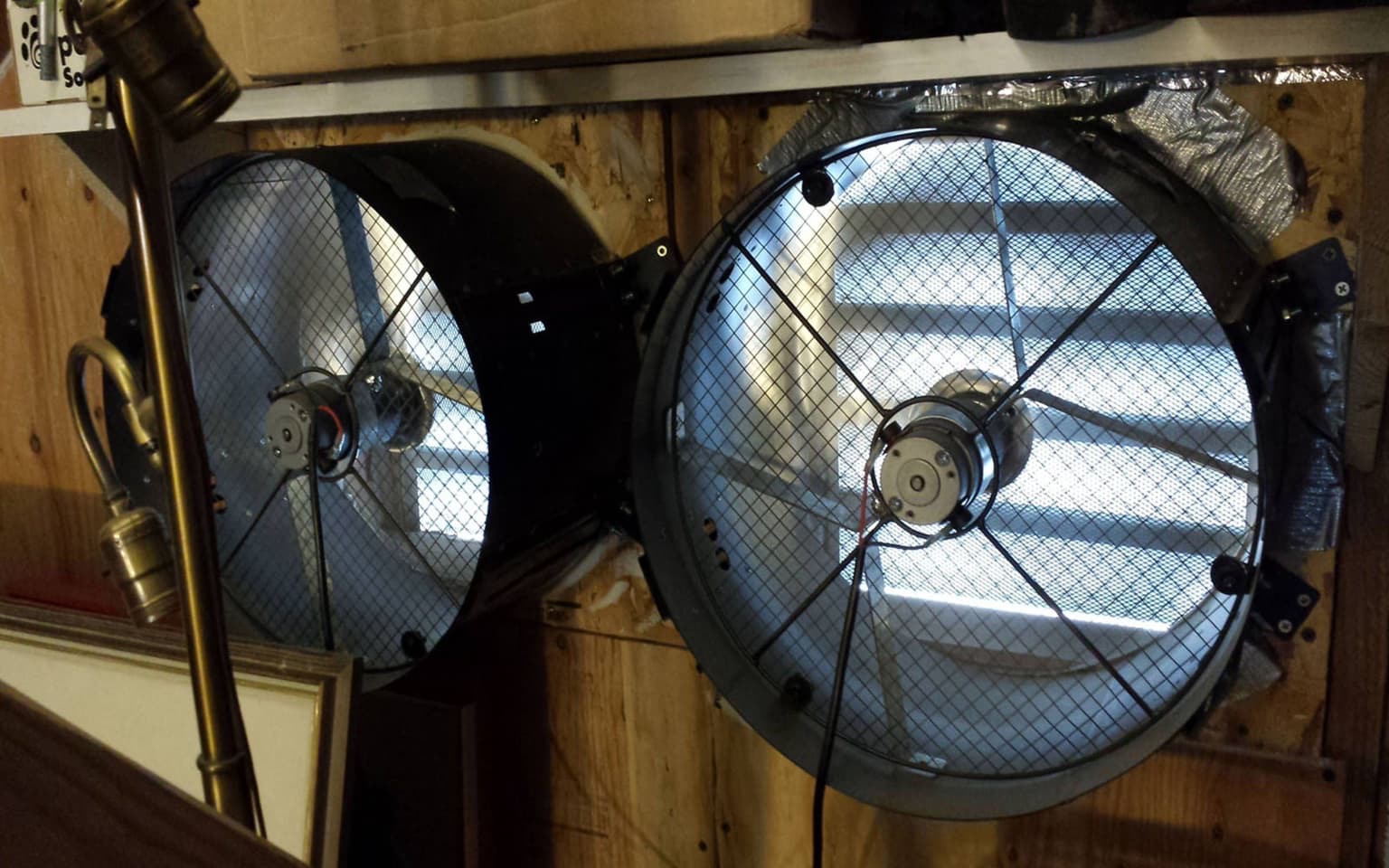

Articles
How To Use Attic Fan
Modified: April 22, 2024
Learn how to use an attic fan effectively with these informative articles. Enhance air flow and cooling in your home.
(Many of the links in this article redirect to a specific reviewed product. Your purchase of these products through affiliate links helps to generate commission for Storables.com, at no extra cost. Learn more)
Introduction
An attic fan is a valuable tool for homeowners looking to improve ventilation and airflow in their homes. Whether you live in a hot climate or simply want to reduce your energy consumption, an attic fan can provide numerous benefits. In this article, we will explore what an attic fan is, its benefits, the different types available, how to find the right size for your home, safety precautions, installation process, operation, maintenance, and common troubleshooting issues.
During the hot summer months, attics can quickly become stifling hot, trapping heat that radiates down into the living areas below. Without proper ventilation, this heat can raise your home’s overall temperature, making it uncomfortable and leading to increased energy consumption from air conditioning systems. An attic fan helps prevent this by expelling hot air from the attic, reducing the strain on your cooling system and improving indoor comfort.
Beyond cooling, an attic fan also helps remove excess moisture from the attic. Moisture buildup can lead to the growth of mold and mildew, which can damage the structural integrity of your home and compromise indoor air quality. By promoting air circulation, an attic fan helps prevent these issues and keeps your home healthier.
There are several types of attic fans available on the market, including roof-mounted fans, gable-mounted fans, and solar-powered fans. Each type has its own advantages and considerations, and choosing the right one depends on factors such as climate, attic size, and personal preferences.
Before installing an attic fan, it’s important to determine the appropriate size based on the square footage of your attic. A fan that is too small will be ineffective, while a fan that is too large may create negative pressure and cause backdrafting of combustion gases. By calculating the correct size, you can ensure optimal performance and energy efficiency.
Safety precautions are vital when working with electrical equipment and conducting attic fan installations. From turning off the power supply to taking measures to prevent falls, following safety guidelines is essential to avoid accidents and injuries. It is also crucial to conduct regular maintenance to keep your attic fan in good working condition and maximize its lifespan.
In the next sections, we will dive into the details of each topic, providing you with the information you need to successfully install, operate, and maintain your attic fan. So, let’s begin by exploring the different types of attic fans available on the market.
Key Takeaways:
- Attic fans provide numerous benefits, including improved air circulation, reduced energy costs, and extended lifespan of roofing materials. Proper installation, operation, and maintenance are crucial for maximizing the benefits and ensuring a comfortable living environment.
- Safety precautions, correct sizing, and regular maintenance are essential for effective attic fan use. Understanding the different types of attic fans, their benefits, and troubleshooting common issues will help homeowners optimize ventilation and airflow in their homes.
Read more: When To Use An Attic Fan
What is an Attic Fan?
An attic fan, also known as a whole house fan or attic ventilation fan, is a device installed in the attic of a home to improve air circulation and ventilation. Its primary function is to expel hot and stagnant air from the attic, replacing it with fresh outside air. This process helps regulate the temperature in the attic and the rest of the house, making it more comfortable and reducing the load on air conditioning systems.
Attic fans work by drawing air from the living areas of the house up into the attic, where the hot air accumulates. The fan then exhausts this hot air to the exterior, typically through vents or a designated venting system. The expelled air is replaced by cooler air from outside, creating a refreshing breeze throughout the home.
Attic fans are especially beneficial during the summer months, as they help prevent the attic from becoming excessively hot. By removing hot air from the attic, the fan not only improves the comfort level of the living areas but also prevents the heat from seeping into the rest of the home. This can lead to reduced cooling costs, as the air conditioning system does not have to work as hard to maintain a comfortable temperature.
In addition to temperature regulation, attic fans help improve indoor air quality by removing excess moisture and preventing the growth of mold and mildew. Moisture buildup in the attic can occur due to various factors, such as insufficient ventilation, insulation issues, or leaks. By promoting airflow, the attic fan helps reduce humidity levels and prevent the buildup of mold and mildew, which can be detrimental to both the structural integrity of the home and the health of its occupants.
Attic fans are available in different types, including roof-mounted fans and gable-mounted fans. Roof-mounted fans are installed on the roof and are typically more effective at ventilating larger attics. Gable-mounted fans, on the other hand, are installed in the gable vent or wall of the attic and are suitable for smaller attics. Solar-powered attic fans are also gaining popularity, as they use solar energy to power the fan, reducing energy consumption and providing a more environmentally friendly option.
Overall, an attic fan is a valuable addition to any home, providing enhanced ventilation, temperature regulation, moisture control, and energy savings. In the next section, we will explore the numerous benefits of using an attic fan in more detail.
Benefits of Using an Attic Fan
Using an attic fan in your home can offer a wide range of benefits. Not only do attic fans help regulate temperature and improve comfort, but they also provide other advantages that can save you money and enhance your overall living environment. Let’s explore the key benefits of using an attic fan:
- Improved Air Circulation: Attic fans promote better air circulation throughout your home. By expelling hot, stagnant air from the attic and replacing it with fresh outdoor air, attic fans create a cool breeze that can be felt in the living areas below. This circulation helps prevent stuffiness and reduces the reliance on air conditioning systems.
- Reduced Energy Costs: By using an attic fan to cool your home, you can significantly reduce your energy consumption and save on utility bills. Attic fans help alleviate the strain on your air conditioning system, allowing it to work more efficiently and consume less energy to maintain a comfortable temperature.
- Enhanced Indoor Comfort: Attic fans contribute to a more comfortable living environment, especially during the hot summer months. By expelling hot air from the attic, they prevent heat from radiating down into the living areas, minimizing the need for excessive air conditioning. This results in a cooler and more pleasant indoor atmosphere.
- Moisture Control: Attic fans help combat excess moisture in the attic, reducing the risk of mold and mildew growth. Proper ventilation and airflow created by the fan prevent moisture buildup, which can lead to structural damage and health issues. By keeping the attic dry, you maintain a healthier environment for both you and your home.
- Extended Lifespan of Roofing Materials: Excessive heat in the attic can cause roofing materials to deteriorate prematurely. Attic fans work to expel this heat, reducing the potential for damage and extending the lifespan of your roof. This can save you money on costly repairs or premature roof replacement.
- Environmentally Friendly: Installing a solar-powered attic fan offers an eco-friendly solution to improve ventilation. These fans use renewable solar energy to power their operation, reducing reliance on electricity and minimizing your carbon footprint.
- Reduce Condensation: Attic fans help reduce condensation, which can be a problem in colder climates. By improving air circulation, these fans prevent the buildup of condensation on surfaces, preventing issues like water damage, mold growth, and deterioration of insulation.
These are just a few of the many benefits that come with using an attic fan in your home. Whether it’s saving on energy costs, maintaining a comfortable living environment, or improving indoor air quality, an attic fan is a valuable investment that can improve the overall quality of your home.
In the next section, we will delve into the different types of attic fans available on the market and the considerations to keep in mind when choosing the right one for your home.
Types of Attic Fans
When it comes to choosing an attic fan for your home, there are several types to consider. Each type has its own advantages and considerations, and selecting the right one depends on factors such as your climate, attic size, and personal preferences. Let’s explore the different types of attic fans available on the market:
- Roof-Mounted Attic Fans: Roof-mounted attic fans are installed directly on the roof of your home. They are typically larger and more powerful than other types of attic fans, making them suitable for larger attics. These fans are designed to pull hot air out of the attic and exhaust it directly to the exterior. Roof-mounted fans are often installed near the peak of the roof for maximum efficiency.
- Gable-Mounted Attic Fans: Gable-mounted attic fans are installed in the gable vent or wall of your attic. These fans are suitable for smaller attics or areas where roof-mounted fans may not be feasible. The installation process involves cutting a hole in the gable vent and securing the fan in place. Gable-mounted fans are effective at removing hot air and ventilating the attic.
- Solar-Powered Attic Fans: Solar-powered attic fans are gaining popularity due to their energy efficiency and environmentally friendly nature. These fans run on solar energy, which is collected through solar panels attached to them. Solar-powered attic fans are typically roof-mounted and move hot air out of the attic using solar power. They are ideal for those looking to reduce energy consumption and decrease their carbon footprint.
When selecting an attic fan, it’s important to consider the size and layout of your attic, as well as your specific ventilation needs. Keep in mind that larger attics may require more powerful fans, while smaller attics can be adequately ventilated with smaller fans.
Additionally, it’s essential to ensure proper installation of the attic fan, as this will directly impact its performance. Improper installation can result in decreased efficiency and even potential damage to the fan or your roof. If you’re unsure about the installation process, it’s recommended to consult a professional for assistance.
Now that you have a better understanding of the different types of attic fans available, in the next section, we will explore how to determine the right size of attic fan for your home.
Finding the Right Size of Attic Fan for Your Home
Choosing the right size of an attic fan is crucial to ensure optimal performance and efficiency. A fan that is too small may not effectively ventilate your attic, while a fan that is too large can create negative pressure and cause backdrafting of combustion gases. Here are some steps to help you find the right size attic fan for your home:
- Measure the Square Footage: Start by measuring the square footage of your attic. This can be done by multiplying the length and width of the attic space. For example, if your attic is 20 feet long and 30 feet wide, your square footage would be 600 square feet.
- Determine the Fan’s CFM Rating: CFM stands for Cubic Feet per Minute, which measures the amount of air an attic fan can move. The general rule of thumb is to have 1 CFM per square foot of attic space. Using the example above, a 600 square foot attic would require a fan with a CFM rating of at least 600 CFM.
- Consider Attic Ventilation: Take into account the current ventilation in your attic. If your attic already has existing vents or openings, you may need to adjust the CFM rating. It is recommended to have a balanced ventilation system, meaning the intake vents and exhaust vents should be roughly the same size to maintain proper airflow.
- Consider Climate and Attic Insulation: Climate and insulation levels can also impact the required CFM rating. If you live in a hot climate or have insufficient insulation, you may need a higher CFM rating to effectively cool your attic.
- Consult a Professional: If you’re unsure about calculating the right size or have a complex attic layout, it is advisable to seek the help of a professional. They can assess your attic and provide recommendations based on your specific needs.
It’s important to note that these are general guidelines, and individual factors may influence the size requirements for your attic fan. Additionally, other considerations such as the fan’s noise level and power source should also be taken into account when making your final selection.
By correctly sizing your attic fan, you can ensure efficient ventilation, optimal energy savings, and a more comfortable living environment. In the next section, we will discuss important safety precautions to keep in mind when using an attic fan.
Read more: How To Remove An Attic Fan
Safety Precautions for Using an Attic Fan
While attic fans are a great addition to your home for ventilation and temperature control, it’s essential to prioritize safety when installing and operating them. Here are some important safety precautions to keep in mind:
- Turn Off Power: Before installing or working on an attic fan, make sure to turn off the power at the main electrical panel. This will prevent electrical shocks or accidents while handling the fan or its wiring.
- Use Proper Equipment and Tools: When installing the attic fan, use appropriate tools and equipment to ensure safety. This may include a ladder with non-slip feet, gloves, safety goggles, and a tool belt to keep your hands free while working at heights.
- Maintain Proper Ventilation: Adequate ventilation is essential when operating an attic fan. Make sure there are sufficient intake vents to allow outside air to flow into the attic, which will prevent negative pressure and backdrafting of combustion gases.
- Mind Your Step: When working in the attic, be cautious of where you step to avoid accidentally stepping through the ceiling or causing damage to the home’s structure. Place plywood panels or boards to provide stable footing and distribute your weight evenly.
- Securely Mount the Fan: Properly secure and mount the attic fan according to the manufacturer’s instructions. Make sure all fasteners are tightened, and the fan is securely attached to prevent it from becoming loose or falling.
- Insulate Wiring: Insulate exposed wiring to protect against potential electrical hazards. Use electrical tape or conduit to cover any exposed wires and avoid contact with them.
- Monitor for Overheating: Regularly check the attic fan for signs of overheating, such as unusual noises, burning smells, or excessive vibration. If you notice any of these signs, immediately turn off the fan and consult a professional for inspection and repairs.
- Regular Maintenance: Perform routine maintenance on your attic fan to keep it in good working condition. This may include cleaning the fan blades, checking for any loose connections, and ensuring proper lubrication of moving parts.
- Keep Children and Pets Away: Ensure that children and pets are kept away from the attic fan during operation. The spinning blades can pose a danger if they come into contact with fingers or paws.
- Follow Manufacturer’s Guidelines: Always follow the manufacturer’s instructions and guidelines for installation, operation, and maintenance of your attic fan. They will provide specific safety recommendations and precautions for your particular model.
By following these safety precautions, you can ensure a safe working environment and minimize the risk of accidents or injuries when installing, operating, or maintaining your attic fan. Safety should always be a top priority to protect yourself, your loved ones, and your home.
Now that we have covered the crucial safety measures, in the next section, we will guide you through the installation process of an attic fan.
Make sure to open windows on the lower floors of your home when using an attic fan to allow for proper air circulation. This will help the fan effectively draw hot air out of the attic.
Installing an Attic Fan
Installing an attic fan can be a rewarding DIY project that improves the ventilation and air circulation in your home. Here is a step-by-step guide to help you install an attic fan:
- Gather the Necessary Tools and Equipment: Before starting the installation, gather all the tools and equipment you will need, including a ladder, drill, screws, electrical tape, wire connectors, and a voltage tester. Additionally, ensure that you have the attic fan kit, which should include the fan unit, mounting brackets, and any necessary hardware.
- Choose the Location: Select the ideal location for your attic fan. This is typically near the peak of the roof, where hot air accumulates. Ensure that the location allows for easy access and is free from obstructions.
- Prepare the Opening: Carefully remove any insulation or obstructions from the area where the attic fan will be installed. This may include cutting away drywall or removing plywood to create the necessary opening.
- Install the Mounting Brackets: Securely attach the mounting brackets to the roof rafters or joists. Follow the manufacturer’s instructions for proper placement and spacing of the brackets.
- Mount the Attic Fan: Carefully lift the attic fan unit and place it onto the mounting brackets. Ensure that it is level and secure. Use screws or bolts provided with the fan kit to secure the fan unit to the brackets.
- Connect the Wiring: Connect the wiring of the attic fan to the electrical system. Follow the manufacturer’s instructions and consult a professional if you are not familiar with electrical work. It is important to adhere to local building codes and regulations.
- Test the Fan: After the wiring is connected, turn on the power and test the fan to ensure it is working properly. Use a voltage tester to ensure there is no electrical current when handling the wires.
- Seal and Insulate: Seal any gaps around the attic fan with caulking or weatherstripping to prevent air leakage. Additionally, insulate the attic fan housing to minimize heat transfer between the attic and the living spaces.
- Secure Access Panel: Finally, if your attic fan installation requires an access panel, securely attach the panel to the ceiling or wall. This will allow easy access for future maintenance and troubleshooting.
It is important to note that attic fan installations may vary depending on the type of fan and the manufacturer’s instructions. Refer to the specific guidelines provided by the manufacturer to ensure proper and safe installation.
If you are uncertain about any aspect of the installation process or are not comfortable working with electrical components, it is recommended to consult a professional electrician or contractor. They can ensure a safe and proper installation and provide guidance specific to your home’s unique requirements.
Now that you have successfully installed your attic fan, the next section will guide you through the process of operating and maintaining it to ensure optimal performance.
How to Operate an Attic Fan
Operating an attic fan is relatively straightforward once it is properly installed and connected to the electrical system. Here are the steps to effectively operate your attic fan:
- Ensure Proper Ventilation: Before turning on the attic fan, ensure that there is proper ventilation in your attic. This includes having adequate intake vents to allow fresh outside air to flow into the attic while the fan exhausts hot air. A balanced ventilation system will help maintain optimal airflow.
- Determine Ideal Operating Conditions: Attic fans are most effective during hot days when the temperature inside the attic rises significantly. You can monitor the temperature in your attic using a thermometer or a humidity and temperature monitor. Keep in mind that attic fans are not typically needed during cooler months or when the outside temperature is already low.
- Turn on the Power: Make sure the power supply to the fan is turned on at the main electrical panel. If you installed a switch specifically for the attic fan, use that to control the fan’s operation. If not, the fan may be wired to a circuit that is always powered, meaning the fan will run continuously.
- Utilize Timer or Thermostat Controls: Some attic fans come with built-in timer or thermostat controls, allowing you to set specific operating schedules or temperature thresholds. These features can help automate the fan’s operation and ensure optimal energy efficiency.
- Monitor Performance: Regularly monitor the attic fan’s performance to ensure it is effectively ventilating your attic. Check for reduced temperatures in the attic, improved airflow, and reduced humidity levels. If you notice any issues or a drop in performance, inspect and clean the fan and its components as part of regular maintenance.
- Consider Noise Levels: Attic fans can produce some noise when in operation. If the noise becomes bothersome, especially during nighttime hours or when trying to sleep, you may want to consider using the fan during daytime hours or installing noise-reducing measures, such as insulation around the fan housing.
It is important to note that prolonged, continuous operation of an attic fan may lead to negative pressure within your home, which can cause backdrafting of combustion gases, particularly in homes with fuel-burning appliances. If you notice any issues with backdrafting, such as smoky smells or difficulty lighting appliances, consult a professional to assess and address the ventilation in your home.
By following these guidelines for operating your attic fan, you can effectively regulate temperature, improve air circulation, and enhance the overall comfort of your home. In the next section, we will discuss maintenance practices to keep your attic fan running smoothly.
Maintaining an Attic Fan
To ensure optimal performance and longevity of your attic fan, regular maintenance is essential. By following these maintenance practices, you can keep your attic fan running smoothly:
- Clean the Fan Blades: Over time, dust and debris can accumulate on the fan blades, reducing its efficiency. Regularly inspect and clean the fan blades using a soft brush or cloth to remove any buildup. This will help maintain proper airflow and prevent strain on the motor.
- Check for Loose Connections: Periodically inspect the wiring connections of your attic fan. Look for any loose or damaged wires and ensure they are securely connected. Loose connections can lead to inefficient operation or even electrical hazards.
- Inspect the Motor and Bearings: Inspect the motor and bearings of the attic fan for signs of wear or damage. Check for excessive noise, excessive vibration, or difficulty in fan operation. Lubricate the motor and bearings if necessary, following the manufacturer’s instructions.
- Ensure Proper Insulation: Insulate the attic fan housing to minimize heat transfer between the attic and living areas. This will prevent the fan from drawing in hot air from the surrounding spaces and maintain proper ventilation for your attic.
- Clear Obstructions around Vents and Intake Areas: Regularly check for any obstructions, such as leaves, debris, or bird nests, around the intake vents or openings. These obstructions can impede air flow and reduce the effectiveness of the attic fan. Clear any blockages to ensure proper ventilation.
- Monitor and Adjust Thermostat or Timer Settings: If your attic fan is equipped with thermostat or timer controls, periodically check and adjust the settings to suit your preferences and seasonal changes. Set temperature thresholds or operating schedules that align with your cooling needs.
- Inspect Surrounding Roofing Materials: Regularly inspect the surrounding roofing materials for any damage or wear. Ensure that the flashing and seals around the attic fan are intact to prevent leaks or water infiltration.
- Consult Professional Help if Needed: If you notice any significant issues with your attic fan or you’re unsure about any maintenance tasks, it is advisable to consult a professional. They can assess and address any concerns, perform necessary repairs, or provide recommendations tailored to your attic fan’s specific needs.
By incorporating these maintenance practices into your routine, you can prolong the lifespan of your attic fan and ensure it operates at optimal efficiency. Regular maintenance will help prevent major issues and maximize the benefits of ventilation and airflow in your attic.
In the next section, we will discuss common troubleshooting issues with attic fans and how to address them.
Read more: How Much Is An Attic Fan
Troubleshooting Common Issues with Attic Fans
Attic fans, like any mechanical system, can experience issues from time to time. Here are some common problems you may encounter with your attic fan and how to troubleshoot them:
- Reduced Airflow: If you notice a decrease in airflow from your attic fan, it may be due to a clogged or obstructed intake or exhaust vent. Inspect and clear any debris or obstructions that may be blocking the airflow. Also, check for any loose or damaged fan blades that may be hindering the fan’s operation.
- Unusual Noise or Vibration: Excessive noise or vibration can indicate a problem with the fan motor or loose components. Inspect the fan blades and housing for any debris or obstructions that may be causing the noise or vibration. Tighten any loose screws or bolts and lubricate the motor and bearings if necessary.
- Fan Not Turning On: If your attic fan fails to turn on, first check the power supply and ensure that it is connected properly. If the power supply is fine, use a voltage tester to determine whether the electrical connections are intact and the fan is receiving power. If the connections are secure and power is present, the fan motor might be faulty and may require professional assistance.
- Inconsistent Fan Operation: If your attic fan turns on and off intermittently or does not operate according to the set temperature or timer settings, the thermostat or timer control may be faulty. Double-check the settings and ensure they are properly adjusted. If the problem persists, consider replacing the control mechanism.
- Overheating or Motor Failure: If the attic fan motor overheats or fails, it may be due to excessive dust buildup, improper lubrication, or worn-out components. Clean the fan blades and housing, ensuring there is no debris obstructing motor operation. Lubricate the motor and bearings according to the manufacturer’s guidelines. If the issue persists, consult a professional to assess and repair the motor or replace it if necessary.
- Fan Running Continuously: If your attic fan runs continuously, regardless of the temperature or timer settings, there may be an issue with the thermostat or control mechanism. Check the settings to ensure they are functioning correctly. If not, consider replacing the faulty component to regain proper control over the fan operation.
If you encounter any complex or persistent issues with your attic fan that you cannot resolve on your own, it is advisable to seek professional assistance. HVAC technicians or electricians specializing in attic fan systems can diagnose and address more complicated problems to ensure optimal performance.
Regular maintenance, including cleaning, lubrication, and inspections, can help prevent many of these common issues and keep your attic fan running smoothly. In the final section, we will recap the key points discussed in this article.
Conclusion
Attic fans are a valuable tool for improving ventilation and airflow in your home, providing numerous benefits such as temperature regulation, energy savings, and moisture control. By expelling hot air from the attic, these fans help maintain a more comfortable living environment and reduce the strain on your air conditioning system.
In this article, we explored what an attic fan is, its benefits, and the different types available, including roof-mounted fans, gable-mounted fans, and solar-powered fans. We discussed the importance of finding the right size of attic fan for your home and how to ensure proper installation.
To operate an attic fan effectively, we provided guidelines on ventilation considerations, ideal operating conditions, and utilizing timer or thermostat controls. We also highlighted the importance of regular maintenance, including cleaning the fan blades, checking for loose connections, and inspecting the motor and bearings.
Safety precautions are paramount when working with attic fans, so we emphasized the significance of turning off the power, using proper equipment, and following manufacturer’s guidelines. We also discussed troubleshooting common issues such as reduced airflow, unusual noise or vibration, and fan operation problems.
By following these guidelines for installation, operation, maintenance, and troubleshooting, you can maximize the benefits of your attic fan and enjoy improved ventilation and airflow in your home.
Remember, if you are uncertain about any aspect of the installation or encounter complex issues, it is always recommended to consult a professional to ensure a safe and efficient attic fan system.
Now armed with this knowledge, you’re ready to enhance your home’s ventilation and create a more comfortable living environment with the help of an attic fan.
Frequently Asked Questions about How To Use Attic Fan
Was this page helpful?
At Storables.com, we guarantee accurate and reliable information. Our content, validated by Expert Board Contributors, is crafted following stringent Editorial Policies. We're committed to providing you with well-researched, expert-backed insights for all your informational needs.
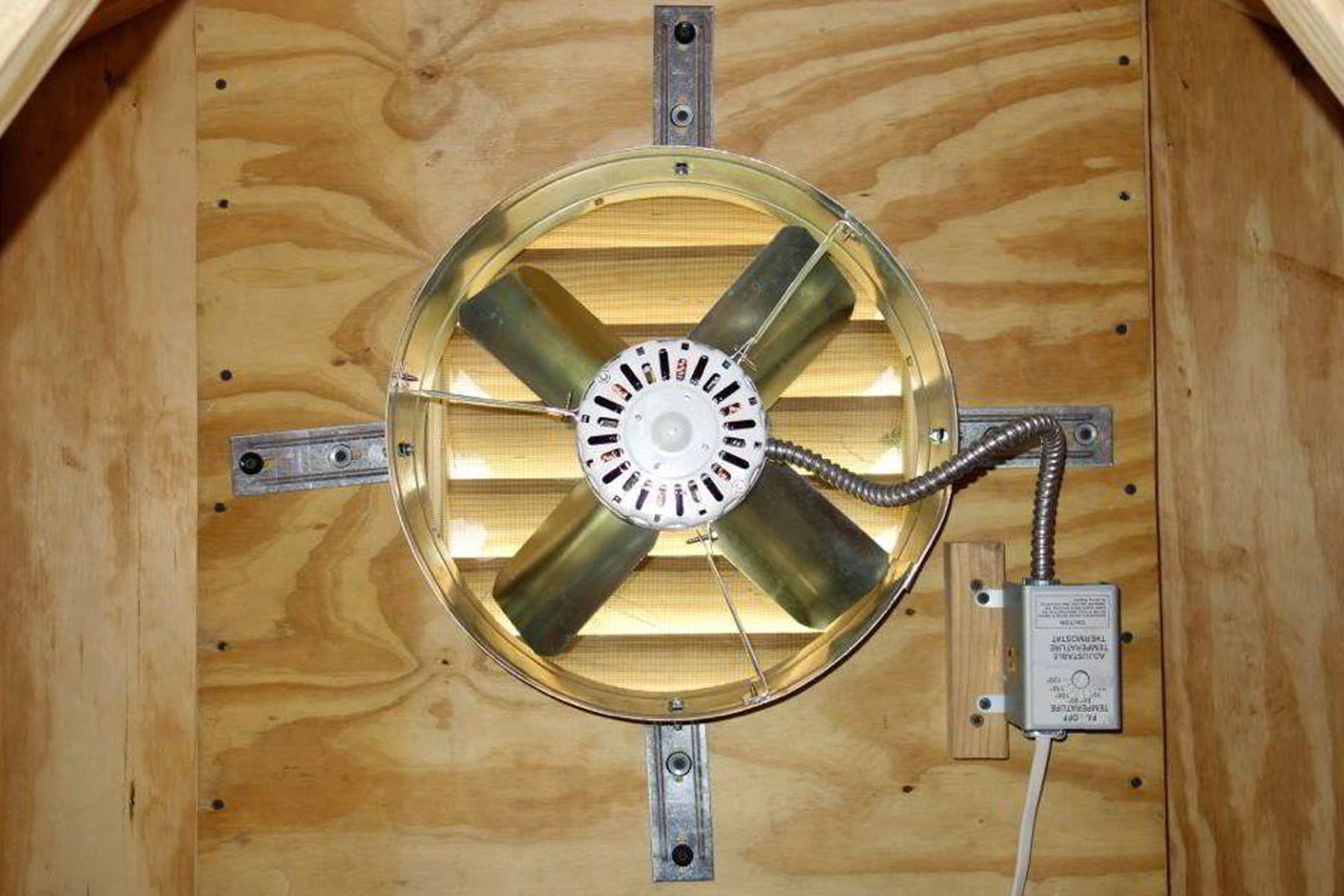
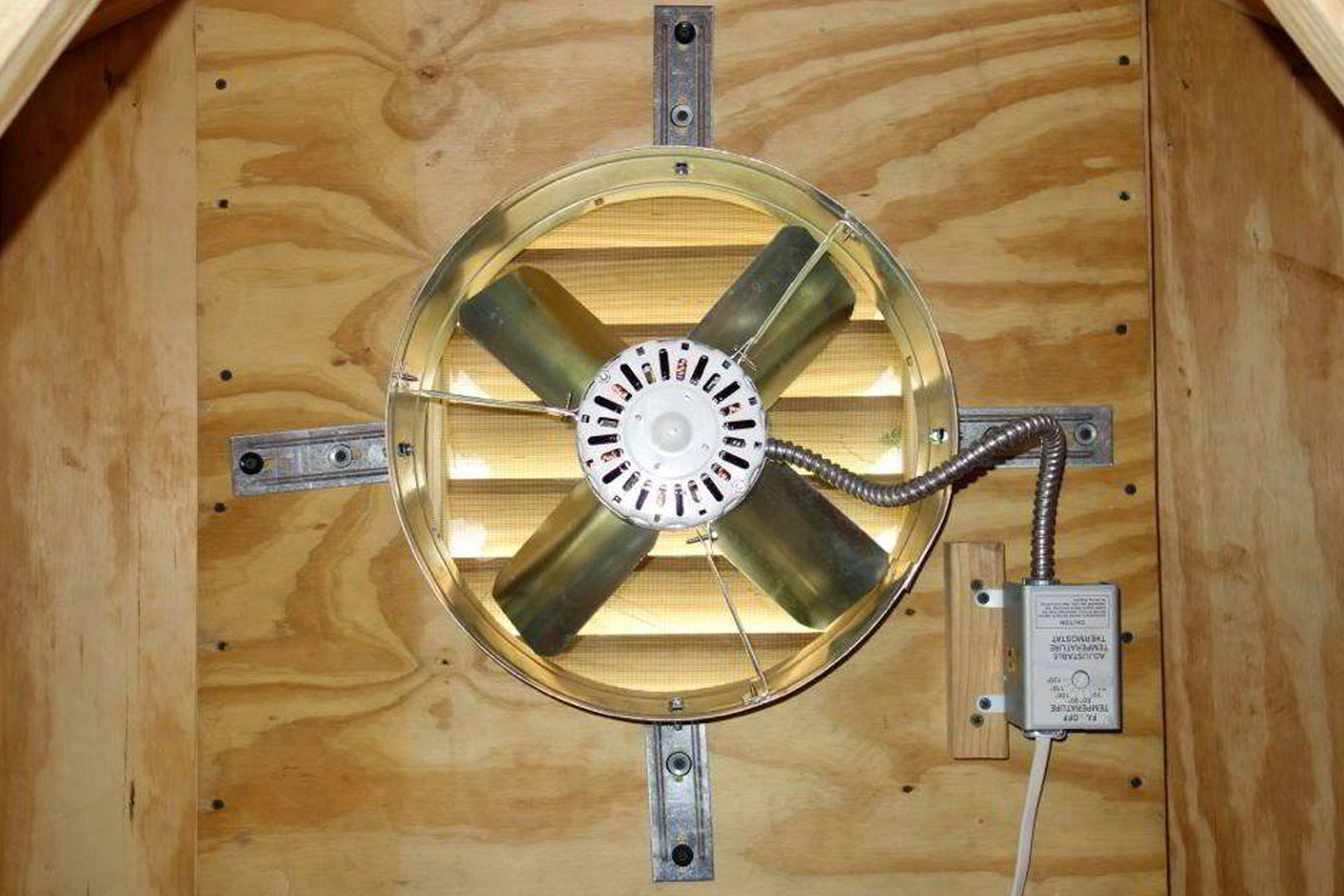
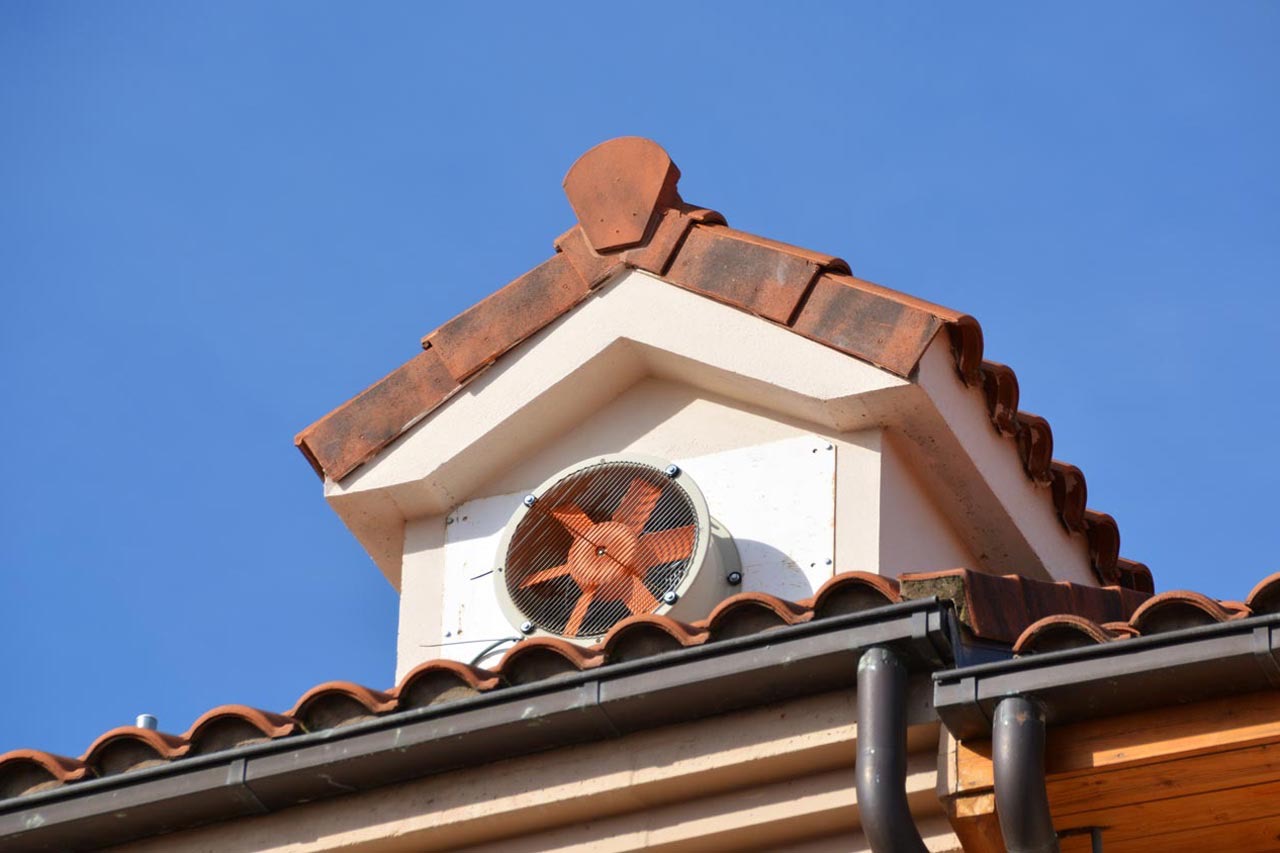
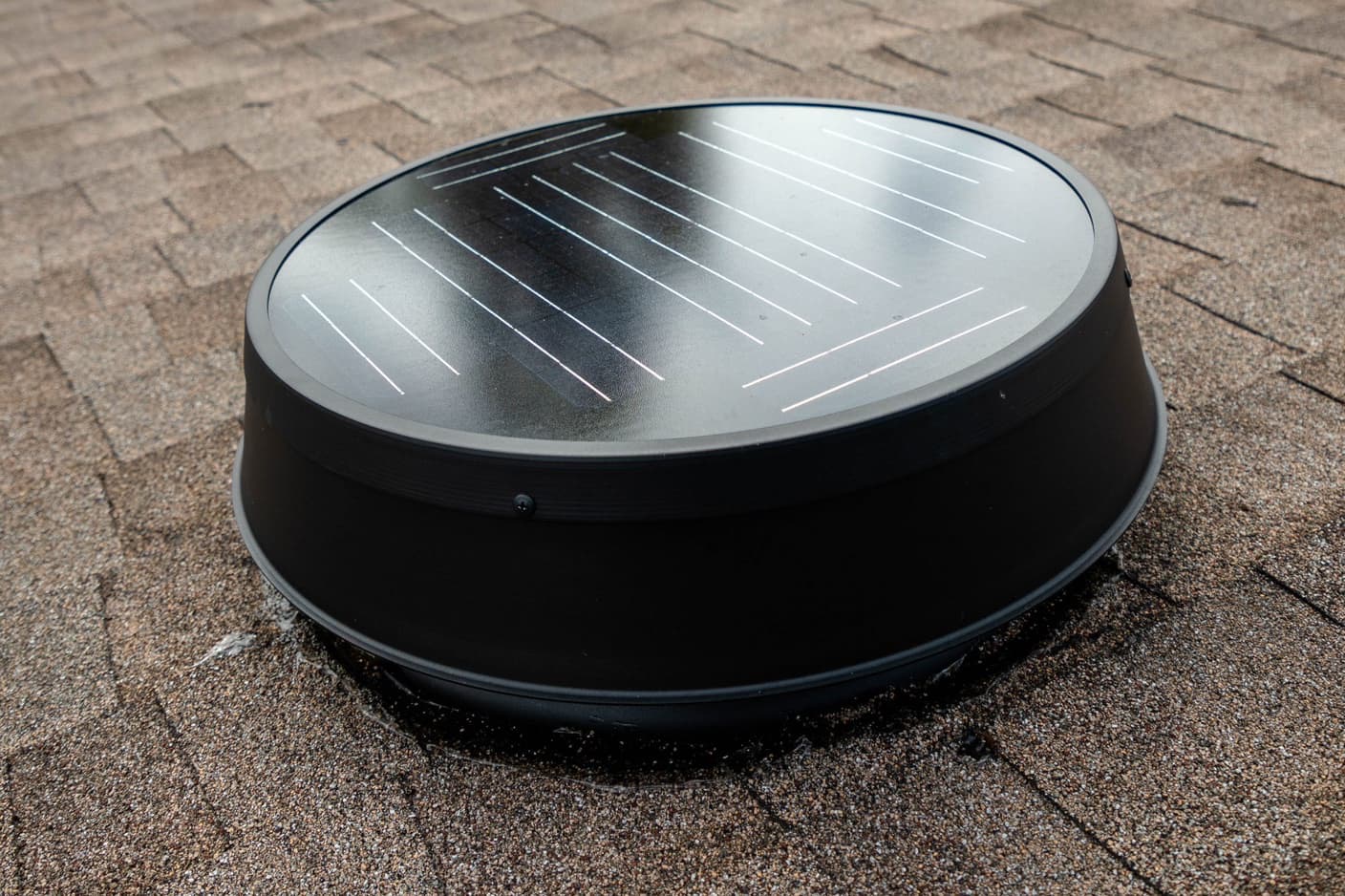
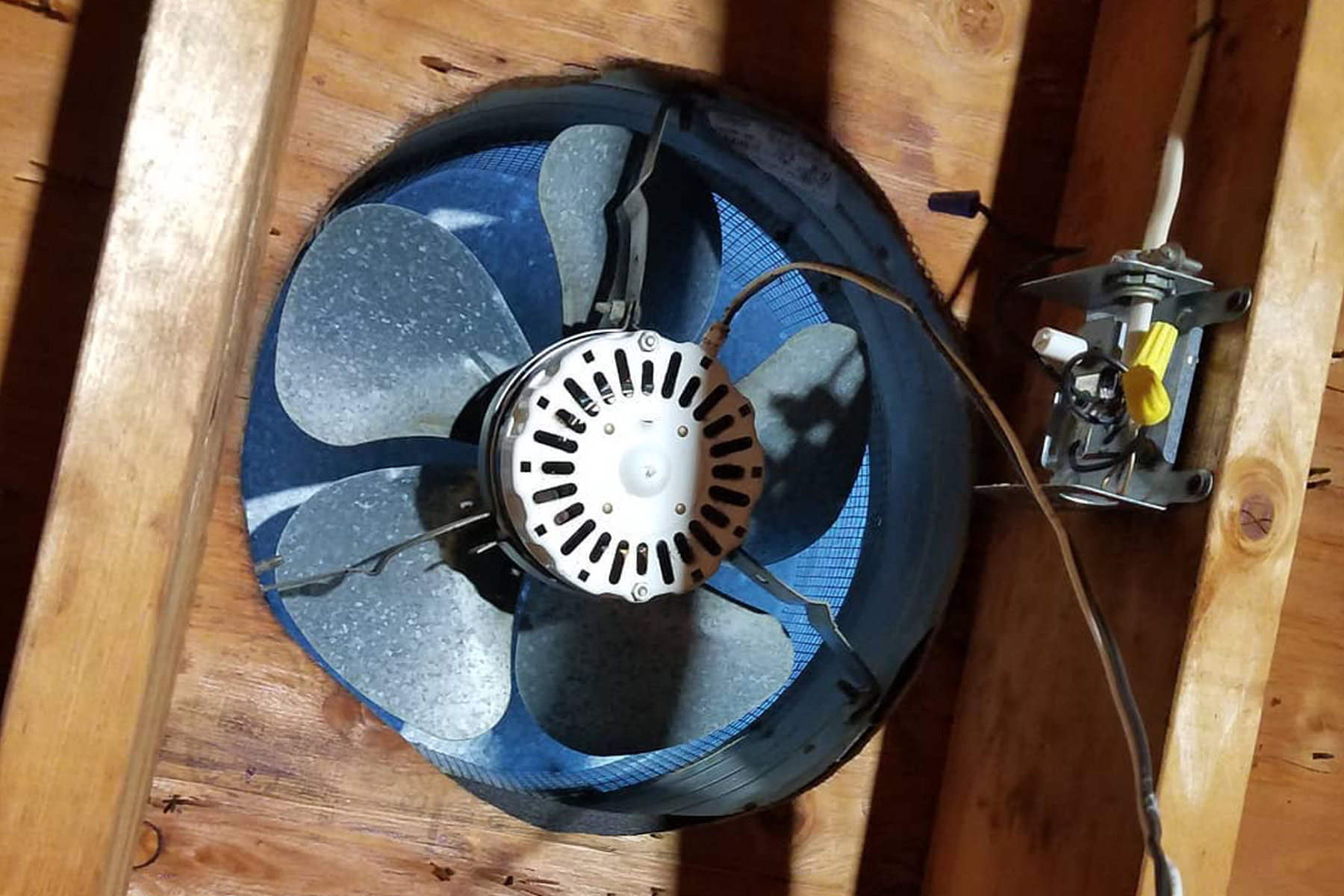
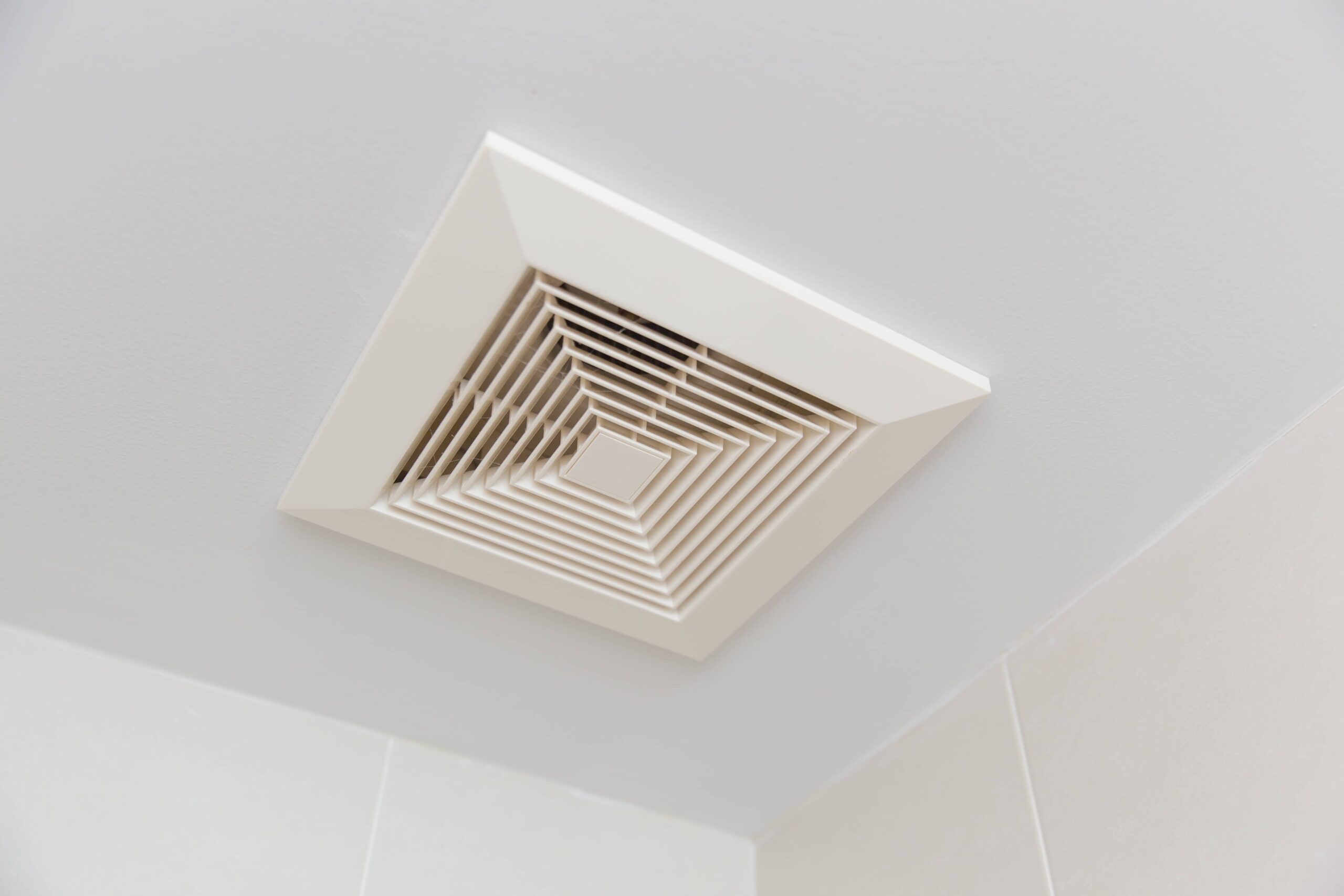
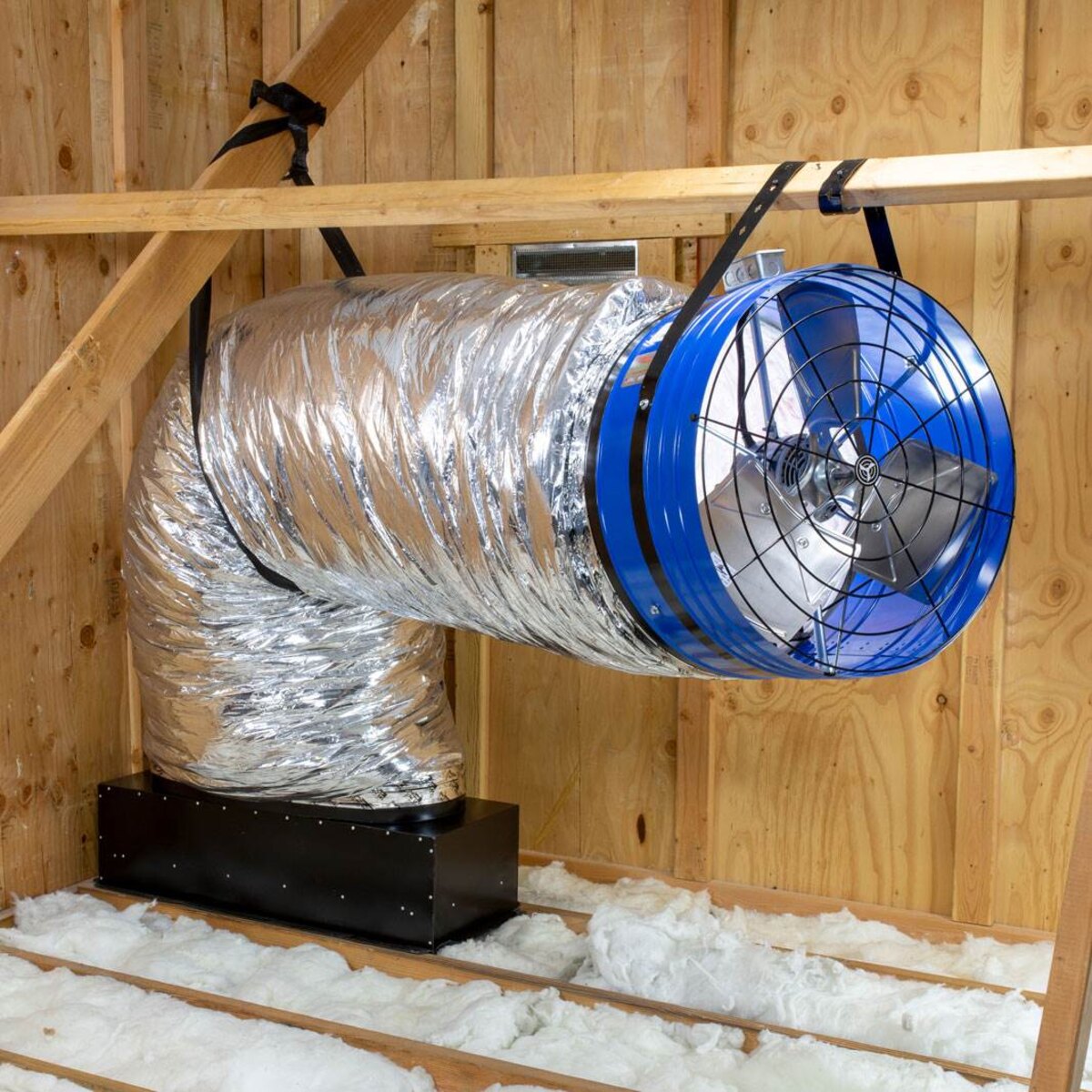
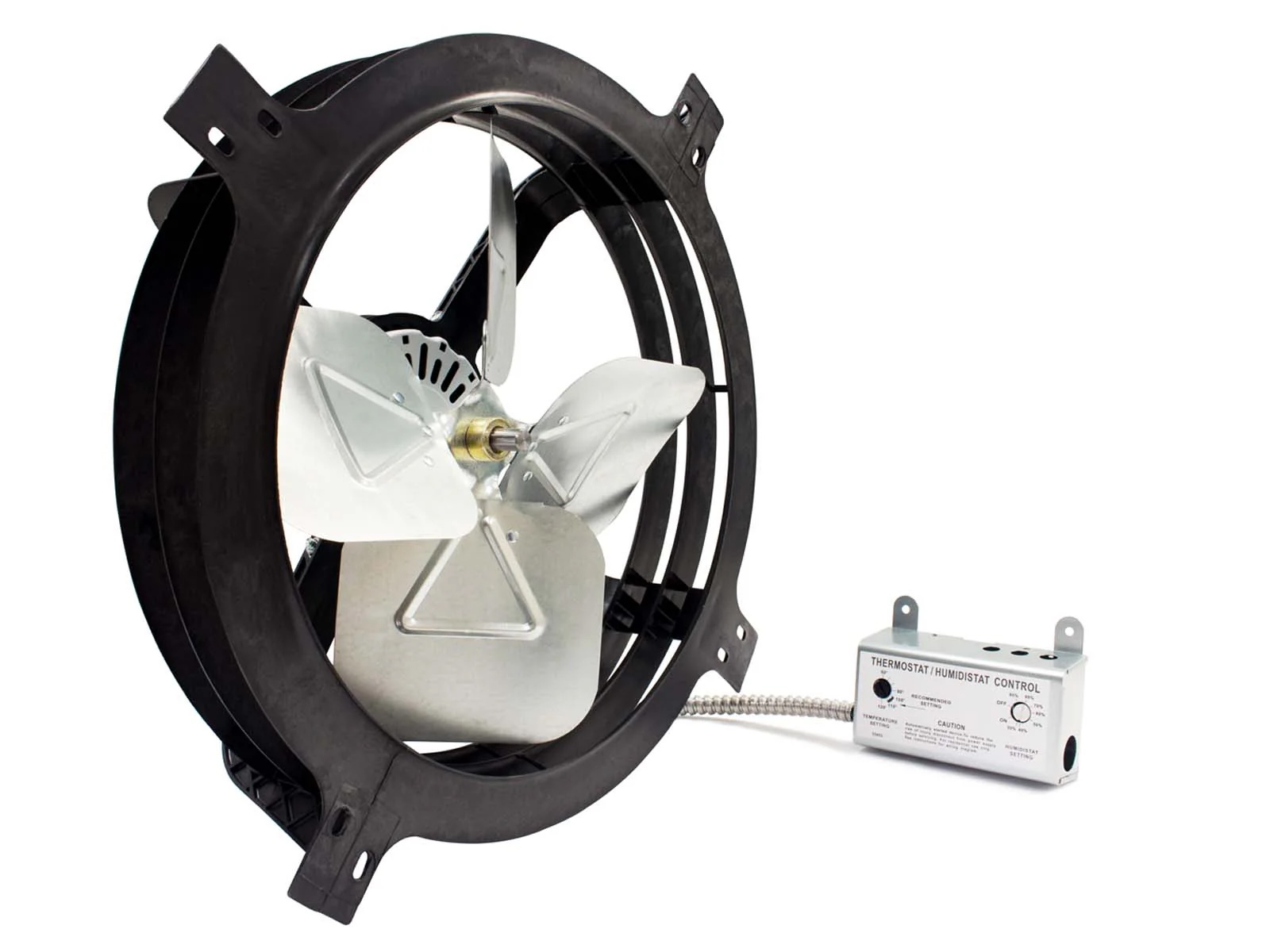
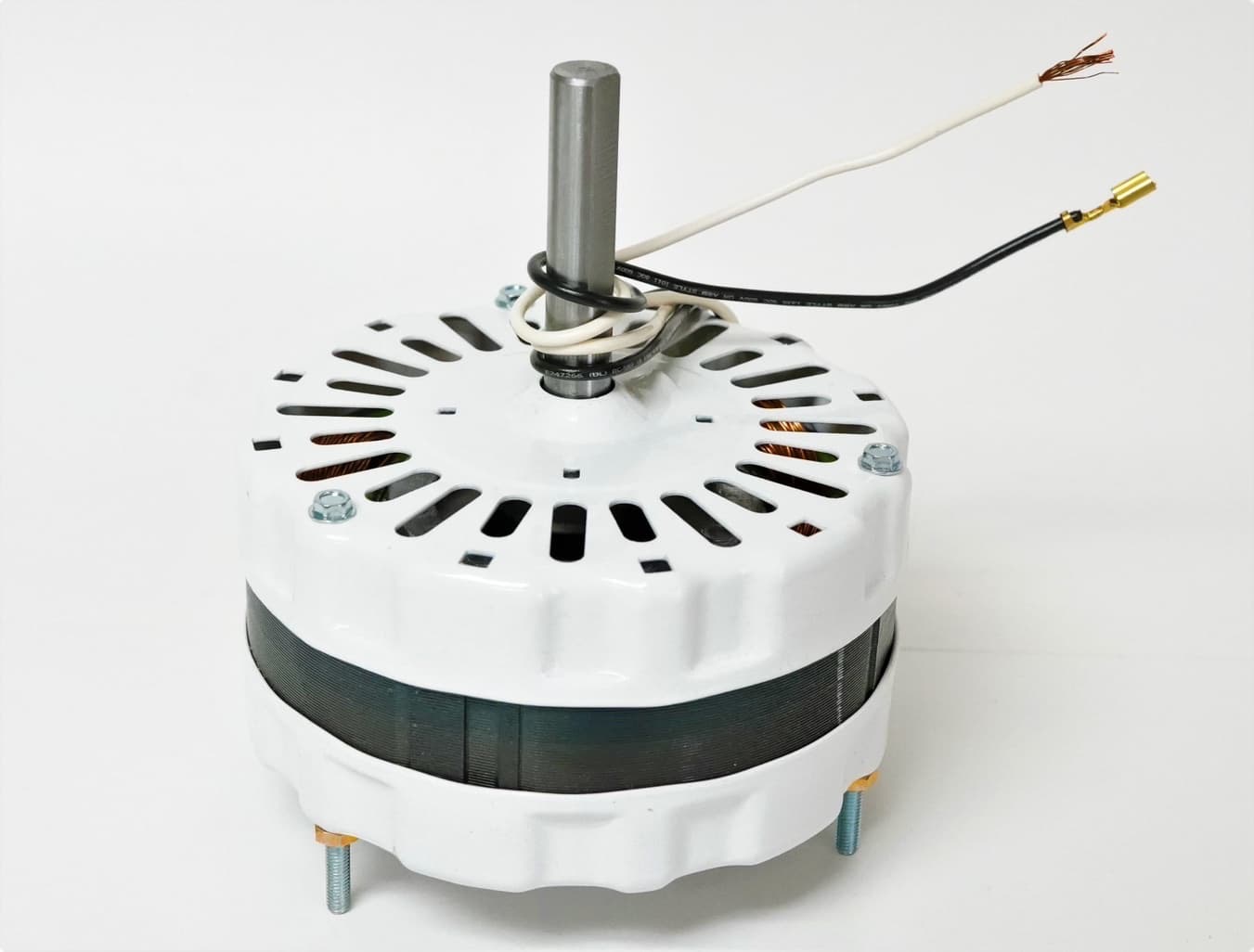
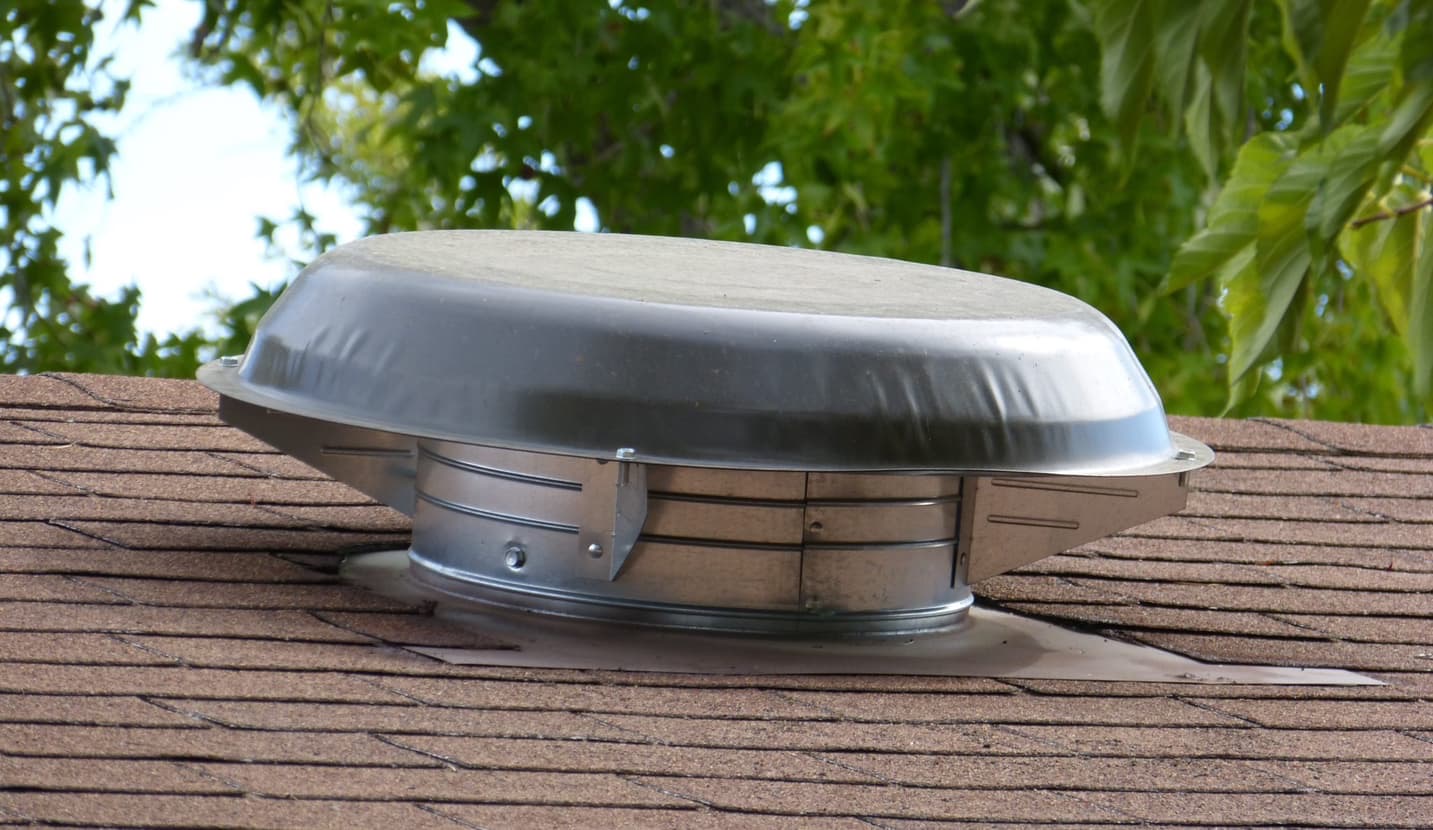
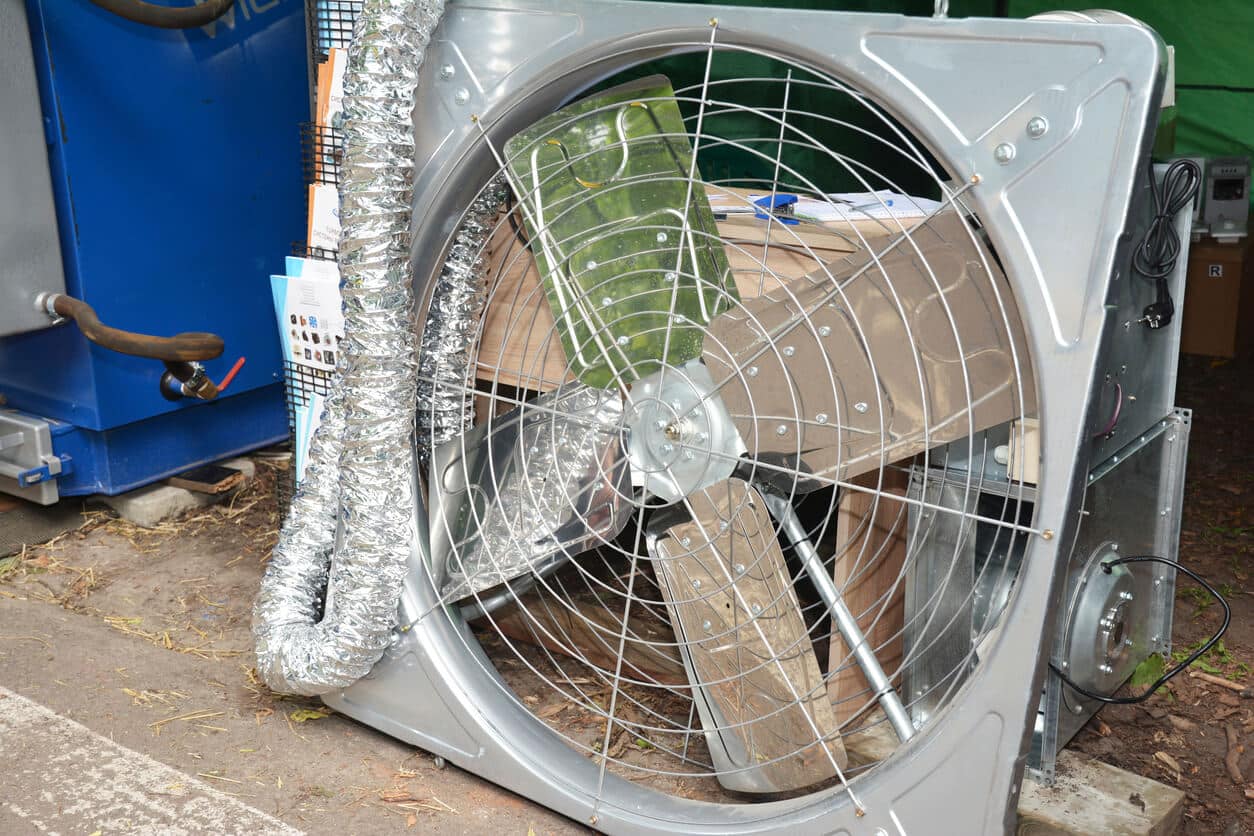
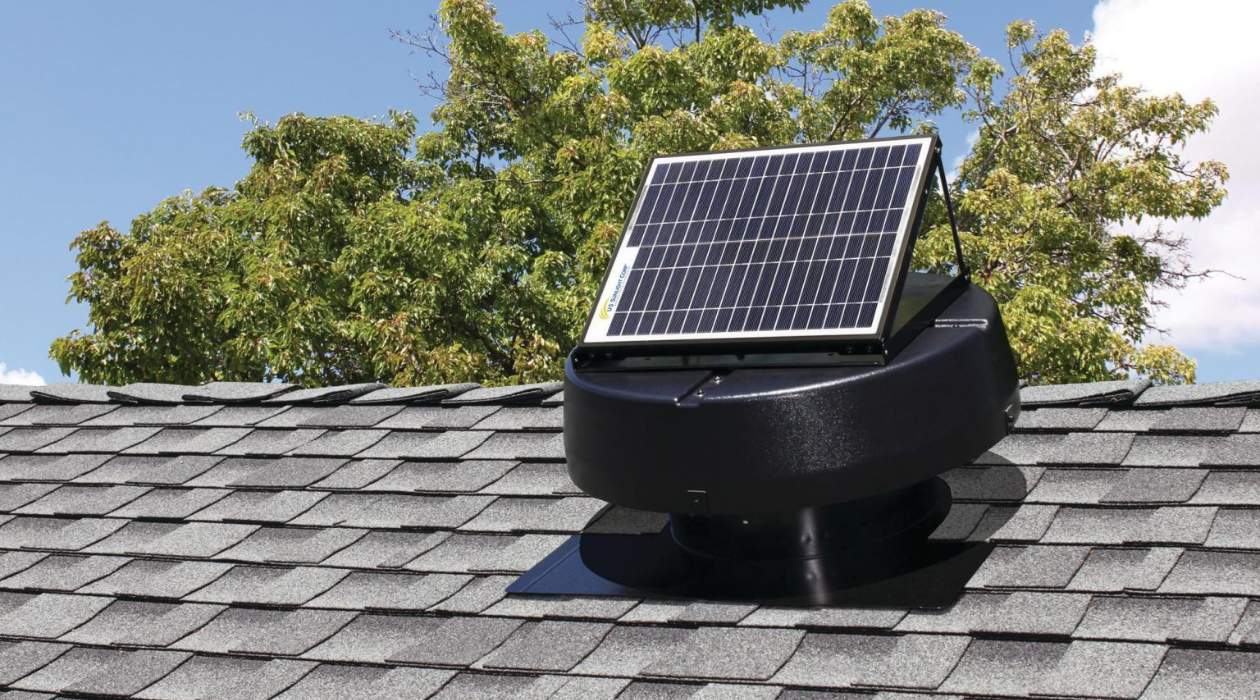
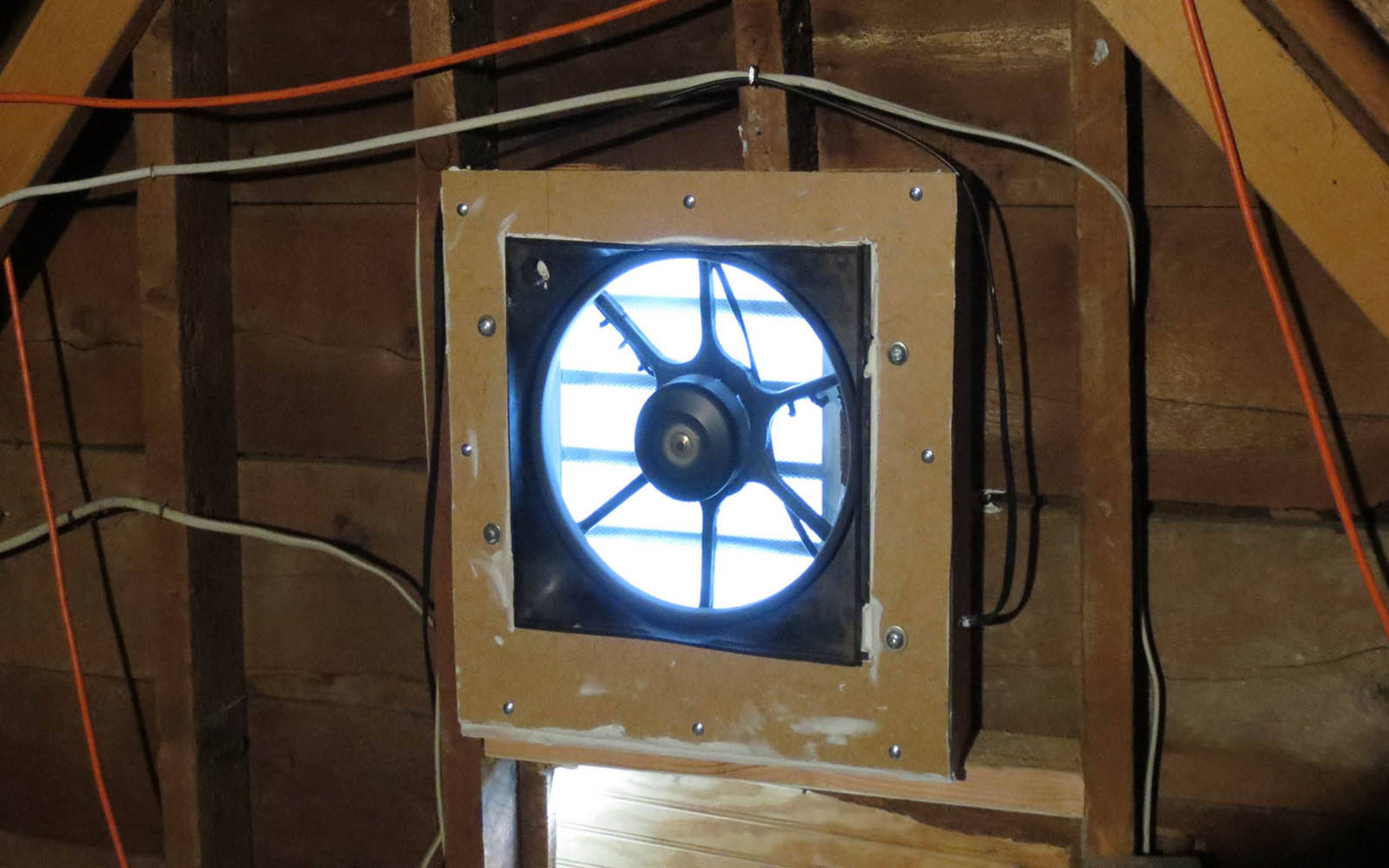

0 thoughts on “How To Use Attic Fan”